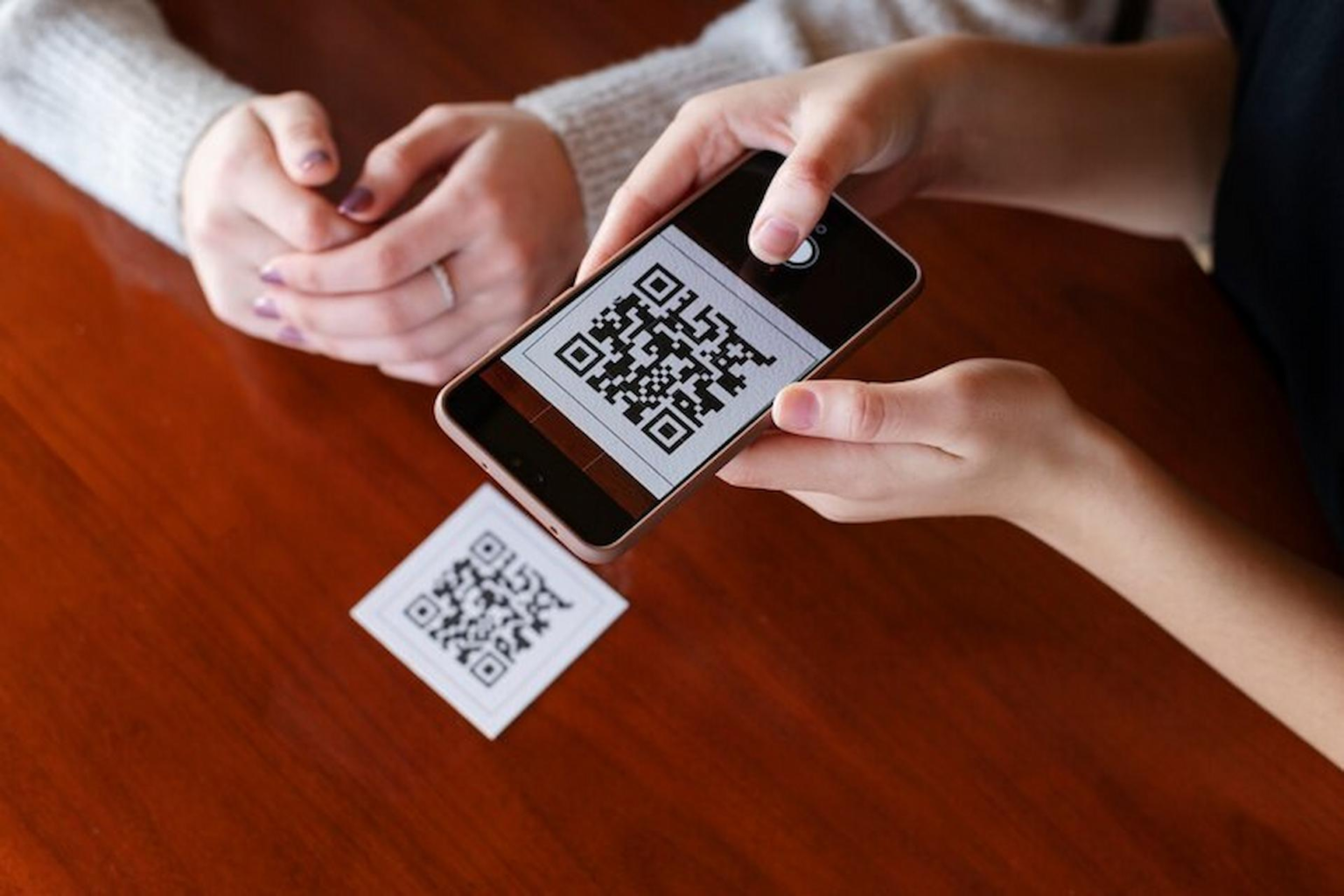QR codes are one of the mainstays in terms of linking the physical and digital worlds in an increasingly digital world. Small, pixelated squares hold immense potential, especially when connecting offline experiences with online content. Whether you are a marketer, a business owner, or even just an educator or someone who wants to make life easier, learn how to create QR codes from links and use them to enhance your digital connections creatively. In this article, we’re going to consider 7 cool ways of using QR codes for links that will change the way you interact with the digital world.
QR Codes on Business Cards
Business cards are old-school networking at its finest, but why not bring yours a little into the 21st century? Turn your contact information or portfolio website into a QR code so that recipients have an easy way of getting onto your online presence straightaway. It saves them the headache of having to type a URL and creates a great first impression about your tech-savviness. Simply enter your website address, customise the QR code if you want to, and then download the image file for use in your business card design.
QR Codes in Learning Materials
Educators can use QR codes to extend traditional handouts or books. If a QR code is placed inside a textbook, worksheet, or presentation, then students can use it to seamlessly access additional resources such as videos, articles, or interactive quizzes with just a scan. It really engages and provides for self-managed learning. It makes education more vibrant and reachable.
QR Codes for Event Marketing
Planning an event? Whether it’s a conference, workshop, or plain social gathering, QR codes can help make access to information easier and faster. By learning how to convert link to QR code, you can link event registration pages, schedules, maps, and promotional videos via QR codes on posters, flyers, or tickets. This way, guests can easily scan the QR codes to access the required information and updates, significantly enhancing their overall experience and boosting event engagement.
QR Codes on Product Packaging
Knowing this, product packaging, aside from protection and aesthetics in the e-commerce age of today, represents a rich marketing platform. Embedded QR codes could further provide customers access to product guides, assembly instructions, customer reviews, or exclusive online content regarding their products. Brands use QR codes to offer product-specific discounts, loyalty rewards, or access to user communities that create brand loyalty and post-purchase engagement.
QR Codes for Digital Menus
Restaurants, cafes, and bars can change how customers experience service with a dynamic QR code replacing the printed menu. Digital menus are easy to update in real time as offerings or prices change or special options are noted. Customers need only to scan the QR code with their smartphones, and there they will find the menu to select from and even order directly from the device. This minimises physical contact, enhancing convenience and efficiency for patrons and staff alike.
QR Codes at Places of Interest
Places of interest and historical places may provide an experience through QR codes. Placing these at important locations will help tourists access audio guides, virtual tours, historical facts, or interactive maps that can enhance their understanding and appreciation of such sites. Furthermore, QR codes can make ticket purchases possible, dispense information about the availability of amenities within the area, or offer special discounts on partner establishments, which should help improve the experience for visitors.
QR Codes for Personalized Marketing
So much of the reason that one-to-one marketing concepts drive higher engagement and conversion rates is because of their personal nature. QR codes can be tailored to provide location-based, behavioural, or demographically-driven content. For instance, a retail store may create a QR code for scanning that enables customers to receive personalised product recommendations, special offers, or registration into their loyalty program. Businesses have the ability to nurture leads and customers with timely, appropriate content at every touch point, cultivating relationships and bettering marketing efficiency.
Conclusion:
QR codes help users with a versatile and efficient solution for merging physical and digital interactions. Mastering the skills of how to turn a link into a QR code helps individuals and businesses ensure enhanced connectivity, streamline processes, and drive user experiences across multiple dimensions. The possibilities range from simplifying networking with digital business cards to enriching education materials with supplementary resources, optimising event marketing efforts, and enriching product packaging. Unlock the potential of QR codes as game changers for your digital presence in this ever-evolving digital world. Begin integrating QR codes today into your strategies and discover new dimensions of connectivity and engagement.





